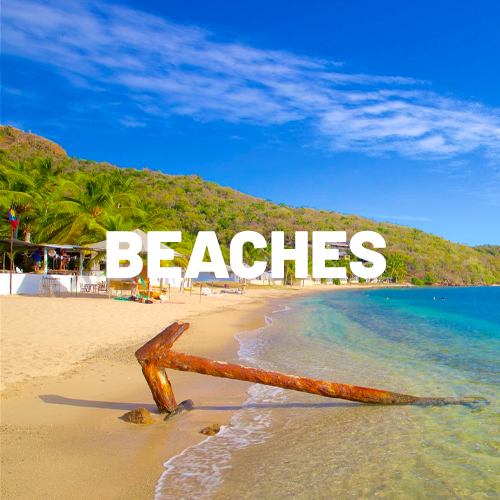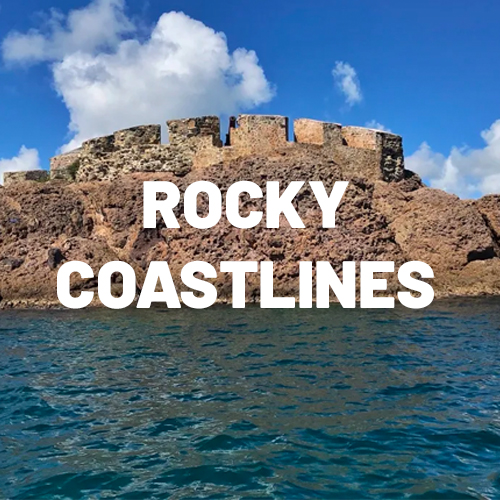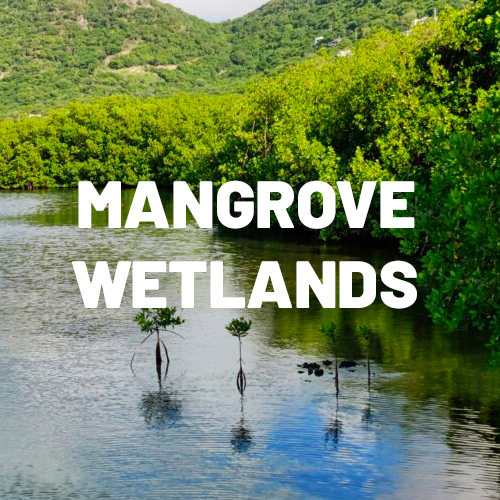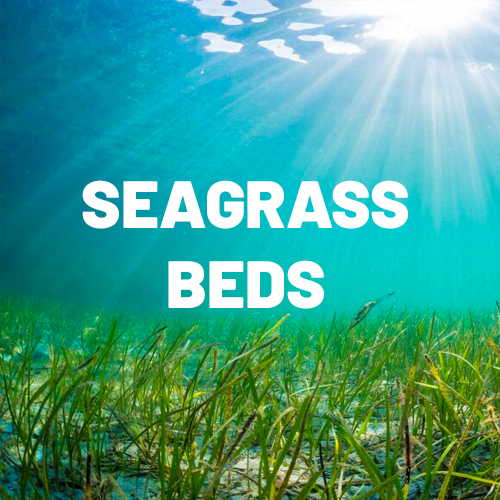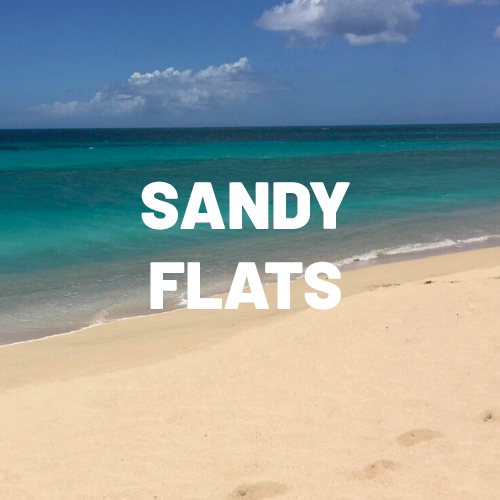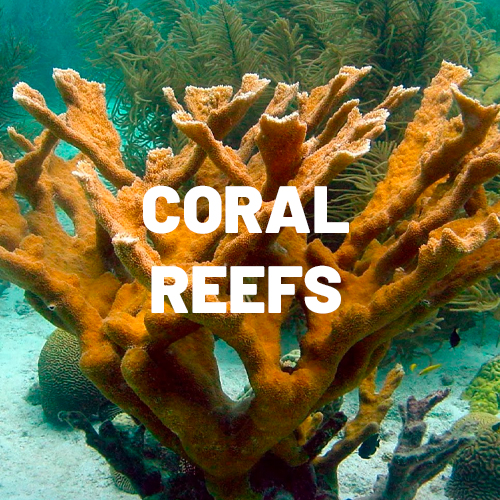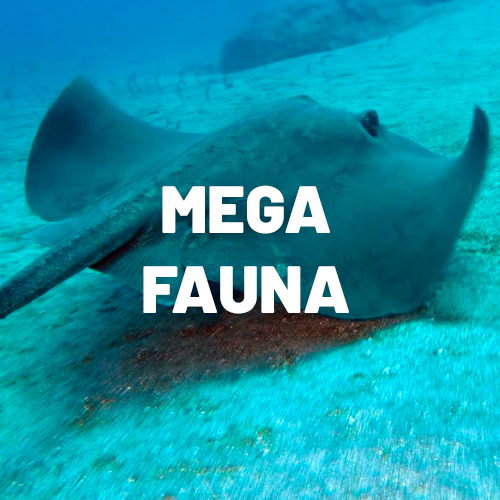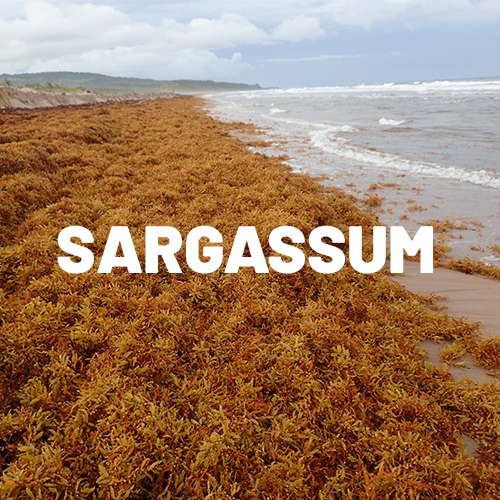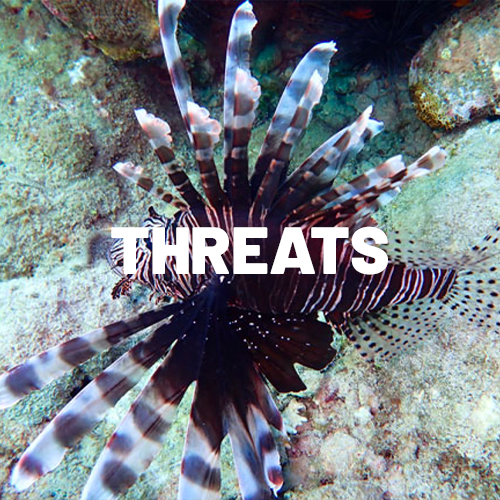Mangrove Wetlands
Mangrove Wetlands are a combination of mangrove flora and the associated wetland/swamp area. Mangrove wetlands provide a variety of ecosystem services and are a tremendous asset to the natural and human environment. These services include carbon sequestration, provision of habitat, water filtration, shoreline protection, support of livelihoods, and tourism. Globally, mangroves are estimated to be worth between US$33,000-$57,000 per hectare per year in terms of the services they provide. In Antigua and Barbuda, we have four different species of mangrove plants, and all are found within the mangrove wetlands of the Nelson Dockyard National Park.
Red Mangrove (Rhizophora mangle)
The Red Mangrove plant is likely the most commonly known plant of the four mangrove species found in Antigua and Barbuda. It derives its name from its reddish bark and has thick leathery leaves which help it to retain water in a salty environment. It is easily identified by its prop roots, which give the appearance that it is standing on stilts. Additionally, the red mangrove is one of the few plants to bear live young, called propagules. These seedlings fully mature on the plant, before falling into the sea and floating until they find a suitable growth location. Red mangroves are typically the most seaward mangrove plant system. The prop roots are a known nursery for juvenile fishes, lobster, and other creatures.
Black Mangrove (Avicennia germinans)
The Black Mangrove plant is easily distinguishable by its dark/black trunk and small elongated leaves. The plant is able to secrete excess salt through its leaves, which enables it to survive in a high saline environment. Additionally, a unique identifier of this plant is its snorkel-like roots (called pneumatophores) which stick up out of the water. These pneumatophores allow the plants to obtain oxygen even when the roots are completely submerged by the tides. Black mangroves are normally found on the inner side of the sea edge and red mangroves, but near to the water’s edge.
White Mangrove (Laguncularia racemosa)
White mangroves, as the names suggest, have a characteristic white colour on their bark, and distinctly oval leaves. These plants are identified by the appearance of nectarines at the base of the leaf. These nectarines are pores which allow the plant to get rid of any excess salt which they may uptake. White mangroves are a more landward loving plant and are usually found on the inner side of the swamp/wetland area.
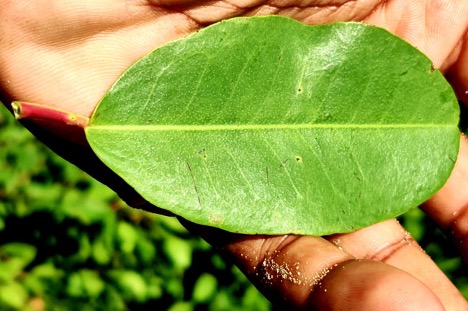
White mangrove (Laguncularia racemosa)
Photo by Ruleo Comacho
Buttonwood Mangrove (Conocarpus erectus)
Buttonwood Mangroves are normally the most landward flora among the four mangrove species. Its name is derived from the button-like fruits it produces. Buttonwood mangrove plants can also be identified by the pores found at the base of their leaves.
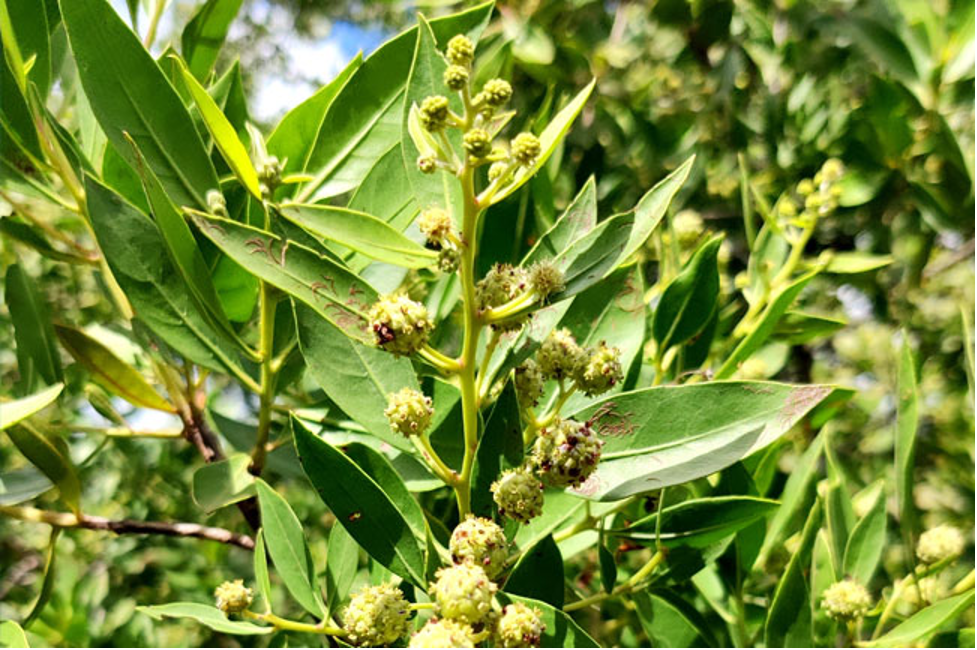
Buttonwood mangrove (Conocarpus erectus)
Photo by Ruleo Comacho
NDNP Mangrove Survey
Mangrove Wetlands cover 260,850m² of the Nelson’s Dockyard National Park (NDNP). In recognizing the value of mangrove wetlands and the importance of their functions to the Park, the National Parks Authority (NPA) recently surveyed 79.3% (206,778m²) of these wetlands to better understand their ecological and spatial distribution and threats. The survey was the first in-situ assessment of the mangrove wetlands within the park and will guide future monitoring and management of these valuable ecosystems within NDNP.
ADDRESS
English Harbour, Antigua
OPENING HOURS
Monday – Friday
08:00 AM – 05:00 PM
Saturday
08:00 AM – 05:00 PM

